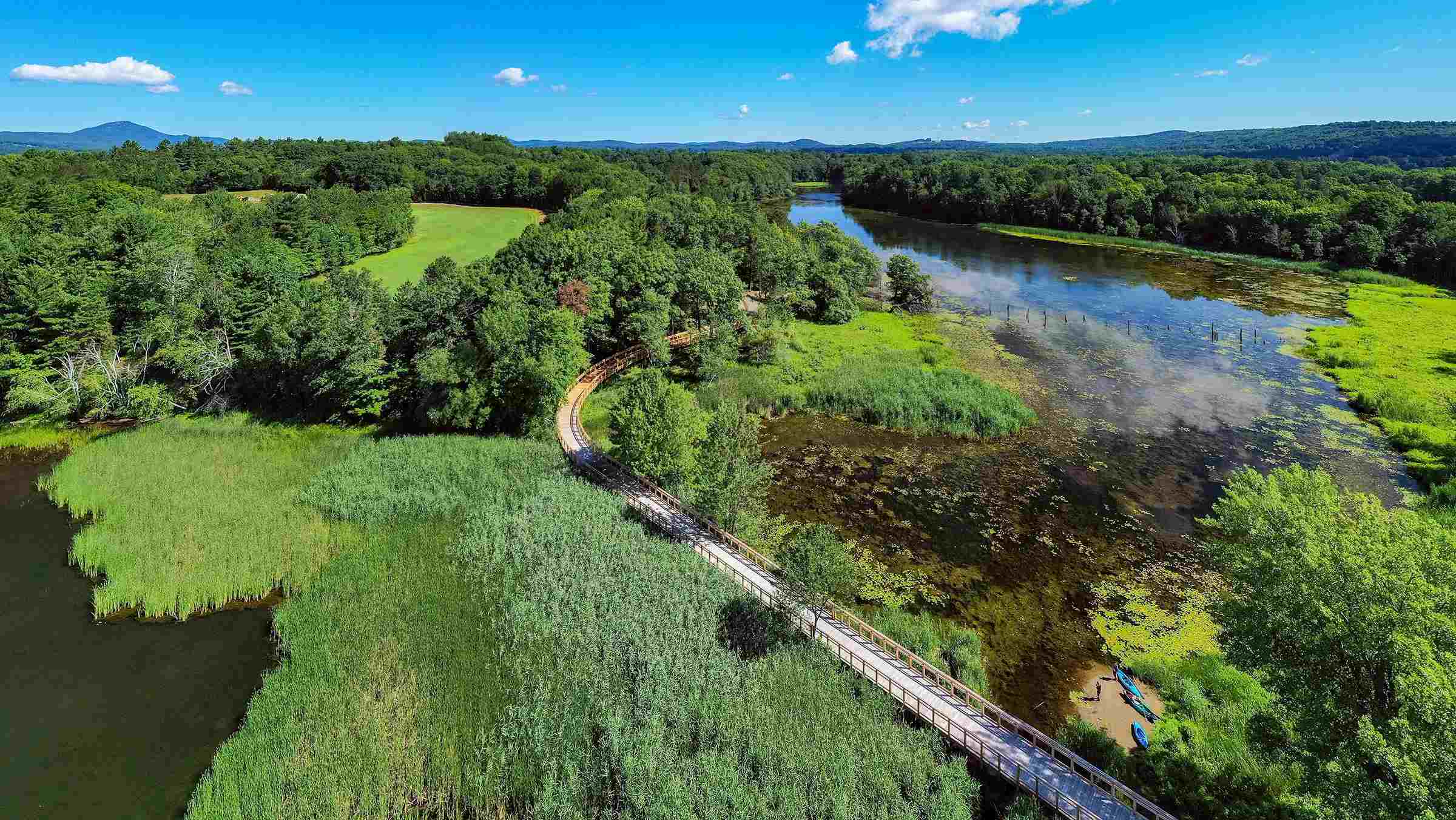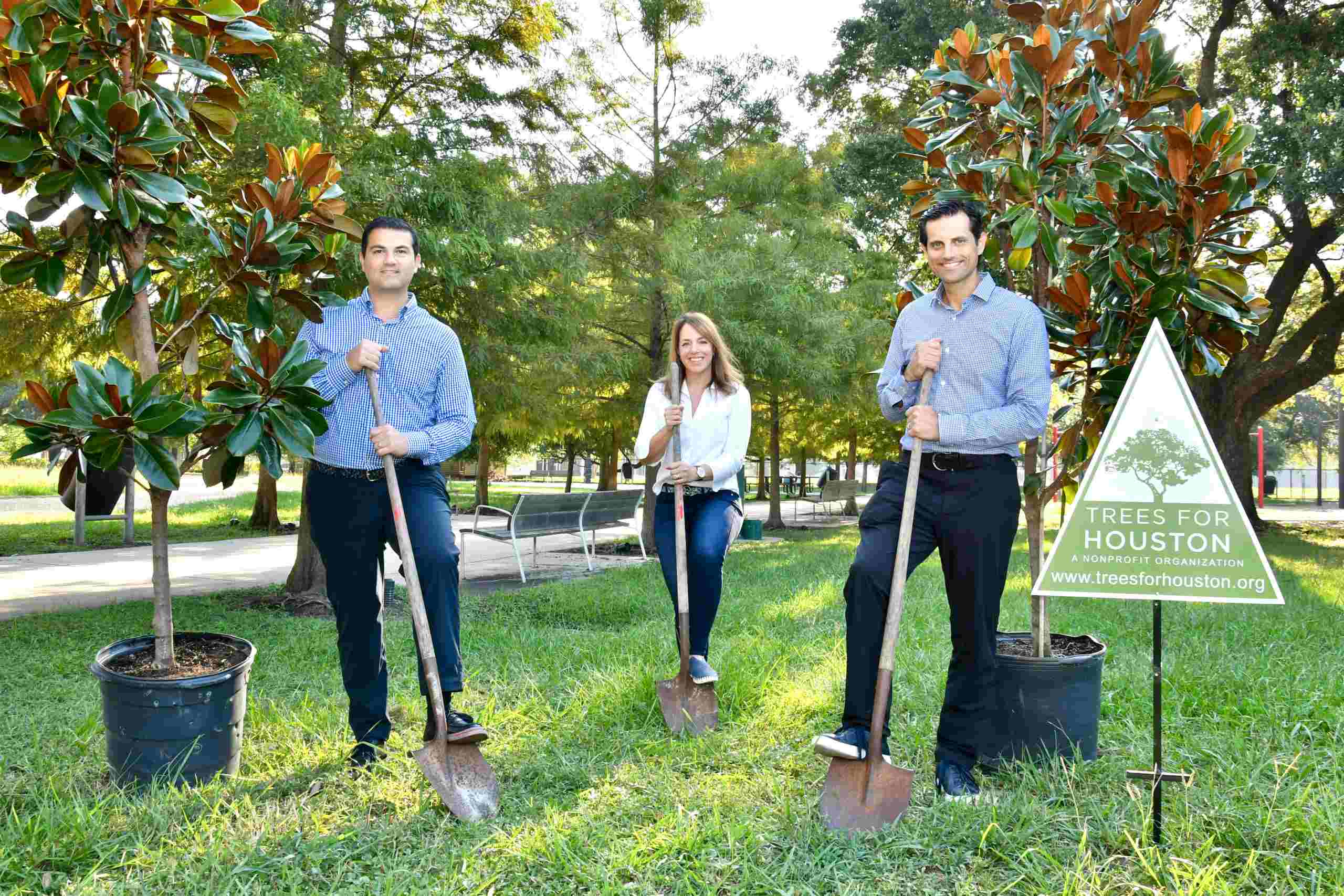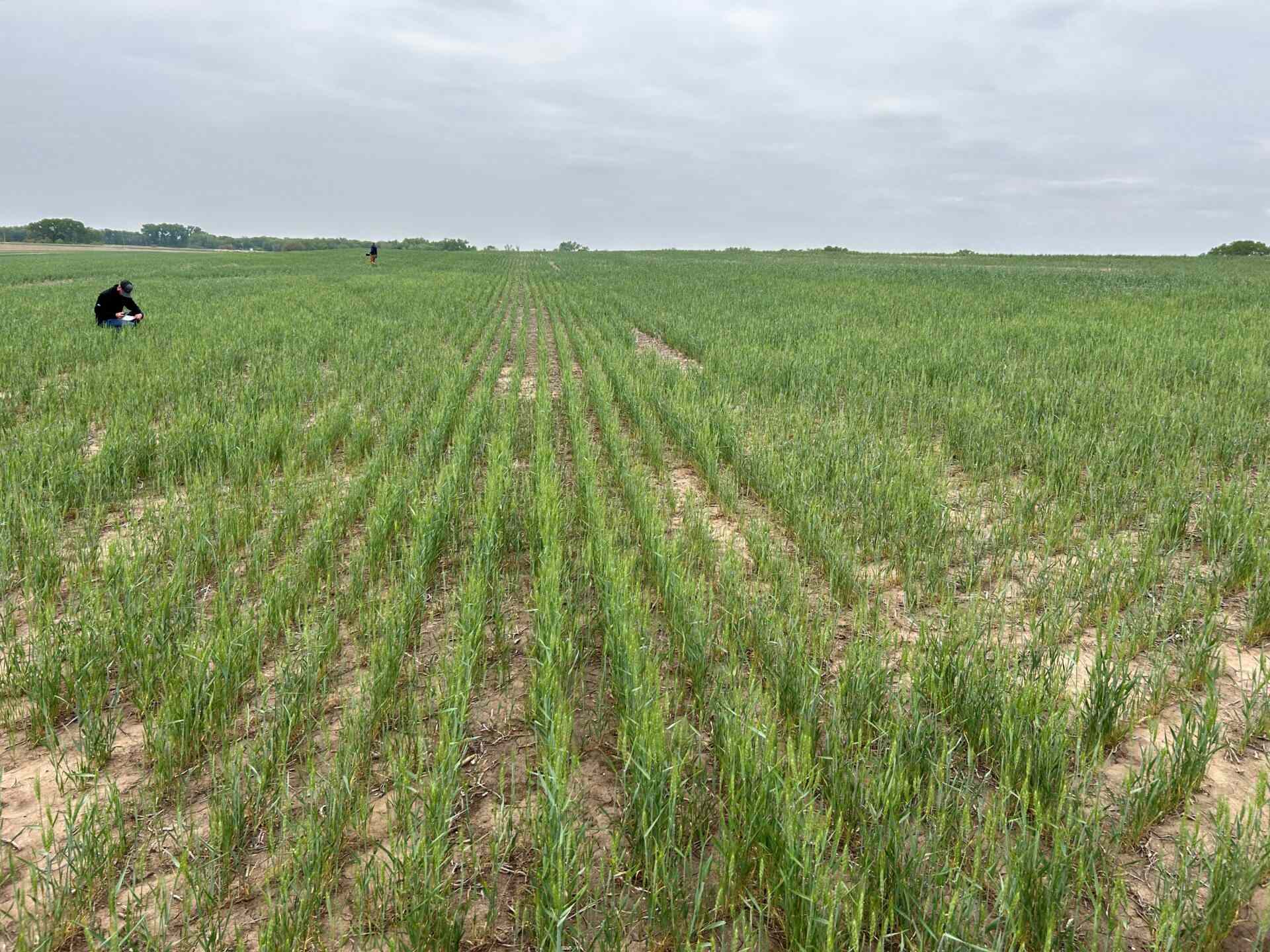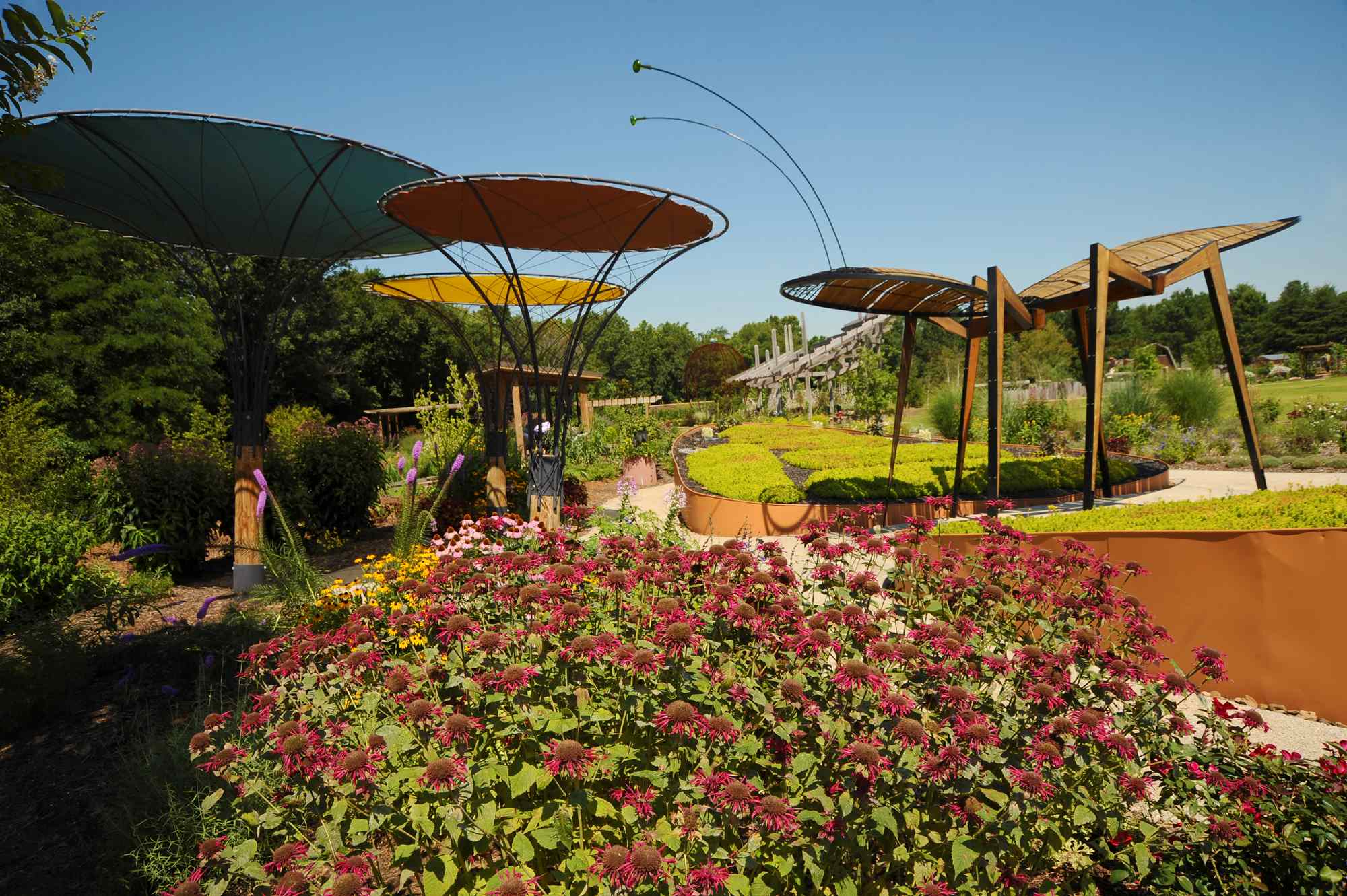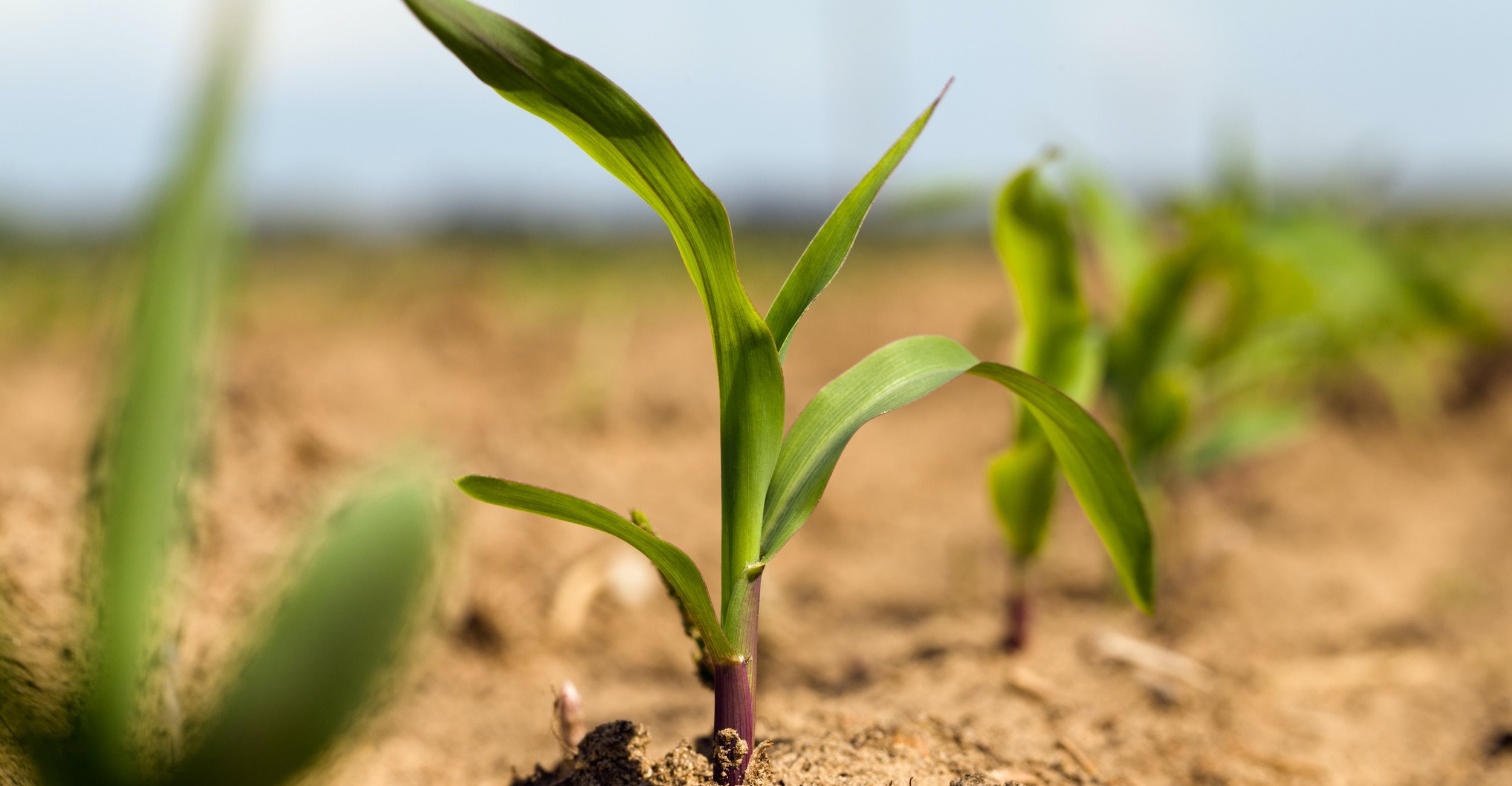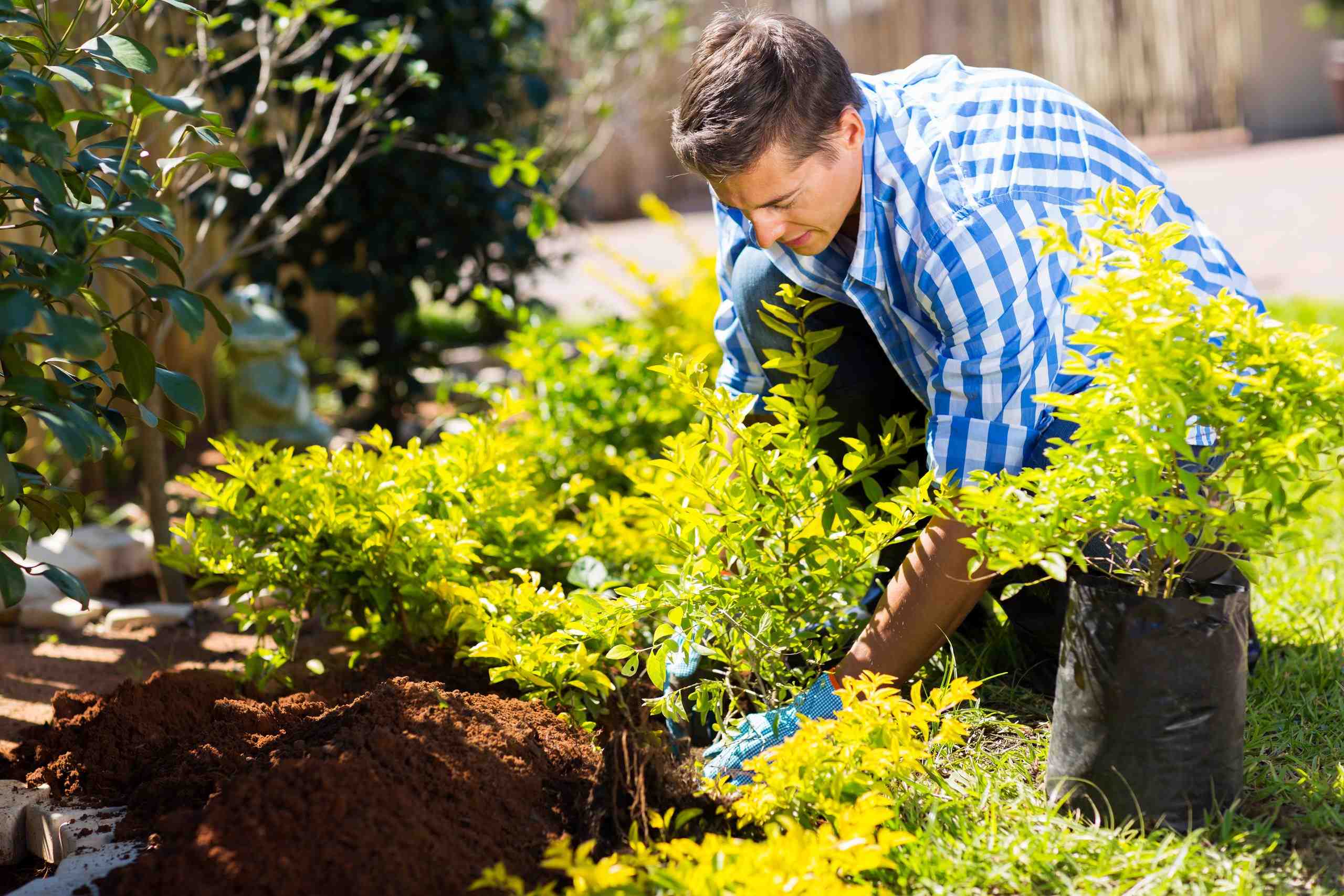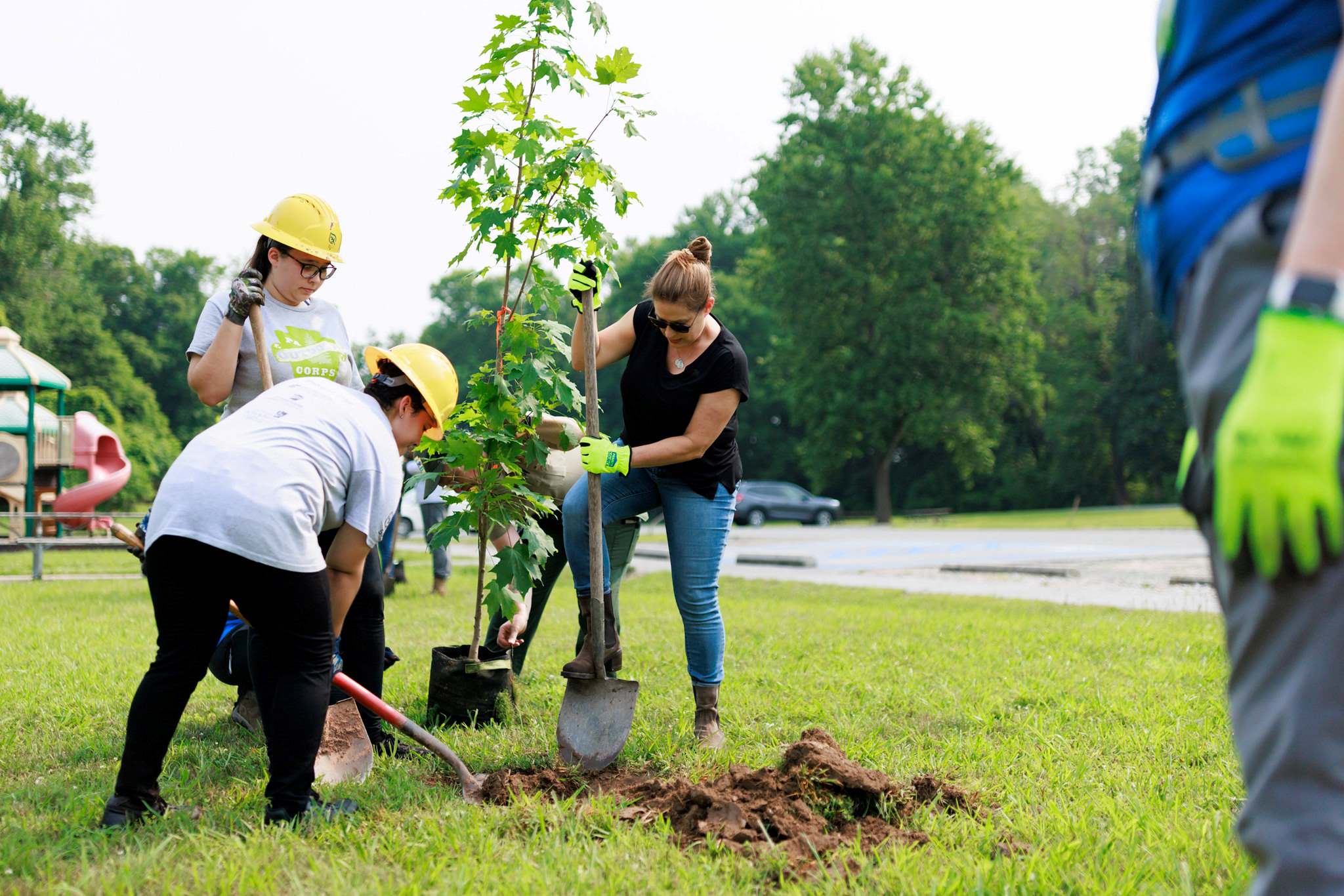Home>Gardening Basics>Understanding Soil>What Zone Is Alabama For Planting


Understanding Soil
What Zone Is Alabama For Planting
Modified: January 22, 2024
Understanding soil and what zone is Alabama for planting? Discover the best tips and techniques for successful gardening in Alabama's unique soil conditions.
(Many of the links in this article redirect to a specific reviewed product. Your purchase of these products through affiliate links helps to generate commission for Chicagolandgardening.com, at no extra cost. Learn more)
Table of Contents
Introduction
Welcome to the world of gardening in Alabama! If you’re a beginner or an experienced gardener looking to expand your knowledge, understanding the concept of planting zones is essential for successful gardening in any location. Planting zones provide a framework for determining the specific climate and environmental conditions of a particular region, which in turn helps gardeners choose the most appropriate plants for their area. In this article, we will explore the planting zones in Alabama and provide recommendations for successful gardening in this beautiful southern state.
Alabama, with its diverse landscape and varying climates, is home to a wide range of plants. However, not all plants thrive in every corner of the state. Understanding the specific planting zone for your area will guide you in selecting the right plants that can withstand the local environmental conditions such as temperature, rainfall, and soil type. This knowledge is crucial for ensuring the health and vitality of your garden.
The United States Department of Agriculture (USDA) has developed the Plant Hardiness Zone Map, which divides the country into different zones based on average minimum winter temperatures. These zones provide a standard measurement that helps gardeners identify suitable plants for their specific location. By matching the hardiness requirements of plants to the local climate, gardeners can increase their chances of a successful and bountiful garden.
Determining the planting zone for Alabama involves identifying the specific zone or zones that cover different parts of the state. Each zone is assigned a numerical value that represents the average minimum winter temperature for that area. By understanding your planting zone, you can plan your garden accordingly and choose plants that will thrive in your specific climate.
In the following sections, we will delve deeper into the USDA Plant Hardiness Zone Map and determine the planting zone for Alabama. We will also provide recommendations on the types of plants that are well-suited for each zone. So, whether you’re a gardening enthusiast or someone new to the world of plants, get ready to explore the wonderful world of planting zones in Alabama and discover the secrets to a successful garden!
Understanding Planting Zones
Planting zones, also known as hardiness zones, are geographical regions that indicate the average minimum winter temperatures of an area. These zones are developed by the United States Department of Agriculture (USDA) and serve as a guide for determining the suitability of different plants in specific regions. By understanding the planting zone for your area, you can select plants that are more likely to thrive in the local climate and environmental conditions.
The concept of planting zones is crucial because it takes into account the varying climate factors that affect plant growth and survival. Temperature plays a significant role in determining a plant’s ability to grow in a particular area. Extreme cold temperatures can damage or kill plants, while temperatures that are too warm can cause stress or hinder proper growth.
The USDA Plant Hardiness Zone Map is the most widely used tool for understanding planting zones in the United States. This map divides the country into 13 main zones based on average annual extreme minimum temperatures. Each zone is further divided into subzones A and B, making a total of 26 zones.
To find your planting zone, you can refer to the USDA Plant Hardiness Zone Map or use online resources that provide zone lookup tools. By entering your zip code or location, you can easily determine the planting zone for your area. It is important to keep in mind that planting zone maps are general guides and may not capture microclimates or localized conditions that can affect plant growth.
Understanding your planting zone allows you to select plants that are best suited for your area. Plants are typically labeled with the recommended planting zones, making it easier for gardeners to choose the right plants for their specific climate. Planting plants that are well-suited for your zone increases the likelihood of success and decreases the risk of plant loss due to extreme temperatures.
In addition to temperature, other factors such as sunlight, humidity, soil type, and rainfall also influence plant growth. By considering these factors alongside your planting zone, you can create an optimal environment for your plants to thrive.
In the next section, we will explore the USDA Plant Hardiness Zone Map in more detail and determine the specific planting zone for Alabama. This will help you make informed decisions when selecting plants for your garden and ensure that they have the best chance of flourishing in your region.
The USDA Plant Hardiness Zone Map
The USDA Plant Hardiness Zone Map is a valuable resource for gardeners across the United States. It divides the country into different planting zones based on the average minimum winter temperatures of each region. The map serves as a guide to help gardeners select plants that are best suited for their specific climate and environmental conditions.
The Plant Hardiness Zone Map uses a numerical system to assign zones to different regions. Each zone represents a 10-degree Fahrenheit range of average minimum temperatures. The map consists of 13 main zones, ranging from Zone 1 in the coldest areas with average minimum temperatures below -50 degrees Fahrenheit, to Zone 13 in the warmest areas with average minimum temperatures above 60 degrees Fahrenheit.
To make the map more precise, each main zone is further divided into subzones A and B. Subzone A represents the colder half of the main zone, while subzone B represents the warmer half. This subdivision takes into account small variations in temperature within each zone, providing gardeners with more specific information to aid their plant selection process.
It’s important to note that the zones on the map are only based on average minimum temperatures and do not account for other climate factors such as humidity, sunlight, and rainfall. However, since minimum winter temperatures are a critical factor for many plants’ survival, the Plant Hardiness Zone Map serves as an excellent starting point for planning your garden.
When using the Plant Hardiness Zone Map, it’s crucial to remember that it is not foolproof. Microclimates, which are small-scale variations in climate within a larger zone, can exist within a single region. Factors such as altitude, proximity to large bodies of water, urban heat islands, and wind patterns can all create variations in temperature. Therefore, it’s important to consider these local conditions in addition to the zone designation when selecting plants for your garden.
The USDA regularly updates the Plant Hardiness Zone Map to reflect changes in climate patterns. The latest version of the map, released in 2012, incorporates data from a 30-year period (1976-2005) and provides more accurate and detailed information than previous versions.
In the next section, we will focus on determining the specific planting zone for Alabama and explore the factors that contribute to the state’s diverse climate. Understanding Alabama’s planting zone will help you make informed decisions when selecting plants and ensure that they are well-suited to your garden’s unique environmental conditions.
Determining the Planting Zone for Alabama
Determining the planting zone for Alabama involves identifying the specific zone or zones that cover different parts of the state. This information is crucial for selecting plants that can thrive in the local climate and environmental conditions. The USDA Plant Hardiness Zone Map serves as a valuable tool in determining the planting zone for your area.
Alabama is located in USDA plant hardiness zones 6a to 9b. The northern part of the state, including cities like Huntsville and Birmingham, falls within the range of zones 6a and 6b, with average minimum winter temperatures ranging from -10°F to 5°F (-23°C to -15°C). Central regions, such as Montgomery and Tuscaloosa, lie in zones 7a and 7b, where average minimum winter temperatures range from 0°F to 10°F (-18°C to -12°C).
As we move further south, towards cities like Mobile and Gulf Shores, the planting zone shifts to zones 8a and 8b. Here, the average minimum winter temperatures range from 10°F to 20°F (-12°C to -7°C). The southernmost tip of Alabama near Orange Beach and Dauphin Island falls within zone 9a, with average minimum winter temperatures ranging from 20°F to 25°F (-7°C to -4°C).
In addition to the variations in average minimum winter temperatures, Alabama also experiences other climate factors that can influence plant growth. The state receives a moderate amount of rainfall throughout the year, with higher precipitation in the northern region. Some areas also experience periods of drought, so it’s important to consider water availability when planning your garden.
The diverse landscape of Alabama, characterized by mountains, plateaus, coastal plains, and river valleys, introduces variations in soil composition and drainage. It’s crucial to assess the soil conditions in your specific area, as different plants have varying soil requirements.
When selecting plants for your garden in Alabama, consider those that are well-suited to the specific planting zone of your region. For example, zone-appropriate plants for zones 6a and 6b include cold-hardy perennials like coneflowers, black-eyed Susans, and ornamental grasses. In zones 7a and 7b, you can incorporate a wider range of plants like azaleas, hydrangeas, and daylilies. In the warmer zones of 8a and 8b, you can experiment with heat-tolerant plants such as crepe myrtles, lantanas, and bougainvilleas.
By understanding the specific planting zone for your area in Alabama, you can make informed decisions when selecting plants for your garden. This knowledge will help you choose varieties that are likely to thrive in the local climate, resulting in a lush and vibrant garden throughout the year.
Planting Recommendations for Zone Alabama
Now that we have determined the planting zones for Alabama, let’s delve into some planting recommendations for each zone. By selecting plants that are well-suited to your specific planting zone, you can ensure a successful and thriving garden in the diverse climate of Alabama.
- Zones 6a and 6b: These zones experience cold winter temperatures, so it’s important to choose plants that are tolerant of frost and can withstand the occasional freeze. Consider planting cold-hardy perennials such as coneflowers, black-eyed Susans, and ornamental grasses. Additionally, you can grow cool-season vegetables like kale, broccoli, and carrots.
- Zones 7a and 7b: These regions have milder winters compared to the northern part of the state. Here, you can enjoy a wider range of plants, including deciduous and evergreen trees, shrubs, and flowering perennials. Popular options for this zone include azaleas, hydrangeas, daylilies, and Japanese maples. You can also grow a variety of vegetables, including tomatoes, peppers, and cucumbers.
- Zones 8a and 8b: The warm climate of these zones allows for a greater diversity of plants. Consider incorporating heat-tolerant varieties such as crepe myrtles, lantanas, bougainvilleas, and hibiscus. This zone is also suitable for growing citrus trees, including oranges, lemons, and limes. For vegetables, you can plant heat-loving crops like okra, sweet potatoes, and southern peas.
- Zone 9a: This zone is characterized by mild winters and long growing seasons. Here, you can experiment with a wide range of tropical and subtropical plants. Consider planting palms, ferns, bird of paradise, and oleanders. This zone is also ideal for growing heat-loving fruits like bananas and pineapples. For vegetables, you can grow crops that thrive in warm conditions, including tomatoes, peppers, and eggplants.
When selecting plants for your garden, it’s important to consider factors beyond just the planting zone, such as sunlight, soil type, and water availability. Pay attention to the specific needs of each plant variety and ensure that they align with the conditions of your garden.
In addition, consider the different microclimates within your region. For example, if you live in a mountainous area, you may experience cooler temperatures and more rainfall compared to the surrounding lowlands. Take these variations into account when planning your garden to ensure that you choose the most appropriate plants for your specific location.
Remember to provide proper care and maintenance for your plants, including regular watering, fertilizing, and pruning. Monitor your garden for any signs of pests or diseases, and take appropriate measures to prevent or treat them.
By following these planting recommendations and providing proper care, you can create a beautiful and thriving garden in the diverse planting zones of Alabama.
Conclusion
In conclusion, understanding planting zones is crucial for successful gardening in Alabama. By determining your specific planting zone, you can select plants that are well-suited for the local climate and environmental conditions. The USDA Plant Hardiness Zone Map serves as an invaluable tool in identifying the different zones and subzones across the state, based on average minimum winter temperatures.
Alabama encompasses a diverse range of planting zones, from 6a in the north to 9a in the south. Each zone has its own set of recommended plants that are most likely to thrive in those specific conditions. Consideration must also be given to other factors such as sunlight, humidity, soil type, and water availability to ensure optimal plant growth and health.
When selecting plants for your garden in Alabama, consult the planting recommendations for your zone. Choose plants that are known to be suitable for the average temperature range and growing conditions of your area. This will increase your chances of a successful and beautiful garden year-round.
Remember that the Plant Hardiness Zone Map is a general guide and may not account for localized microclimates or other site-specific factors. It’s important to assess your garden’s specific conditions and make adjustments accordingly. Regular monitoring, proper care, and appropriate maintenance practices are also essential to ensure the health and vitality of your plants.
Whether you are a seasoned gardener or just starting out, understanding planting zones and selecting appropriate plants for your specific zone in Alabama will set you on the path to gardening success. With a bit of knowledge and planning, you can create a stunning and thriving garden that will bring joy and beauty to your outdoor space.
So, get your gardening tools ready and embrace the wonders of gardening in Alabama’s diverse planting zones. Discover the joy of watching your plants thrive in harmony with the unique climate and environment of the Yellowhammer State.

